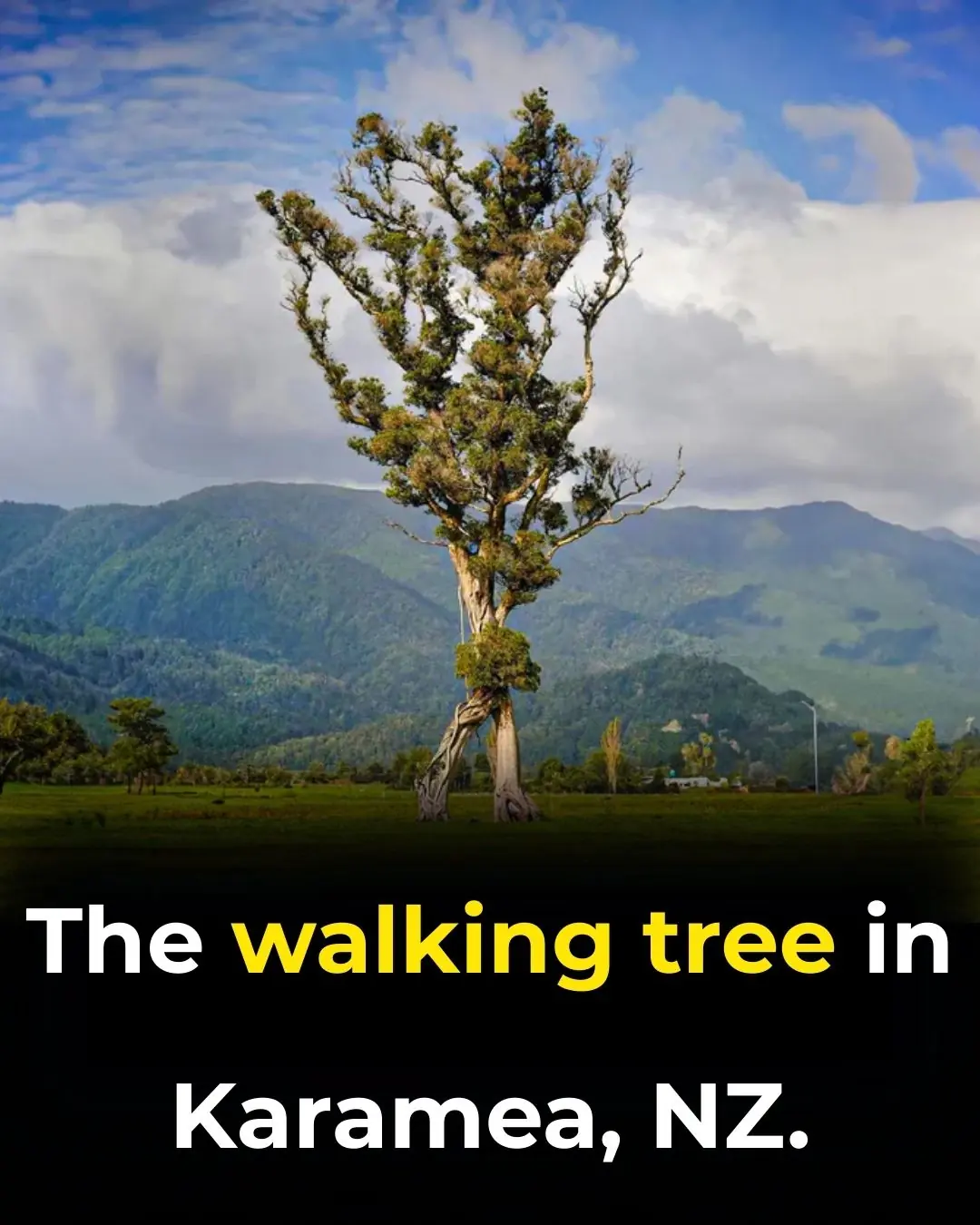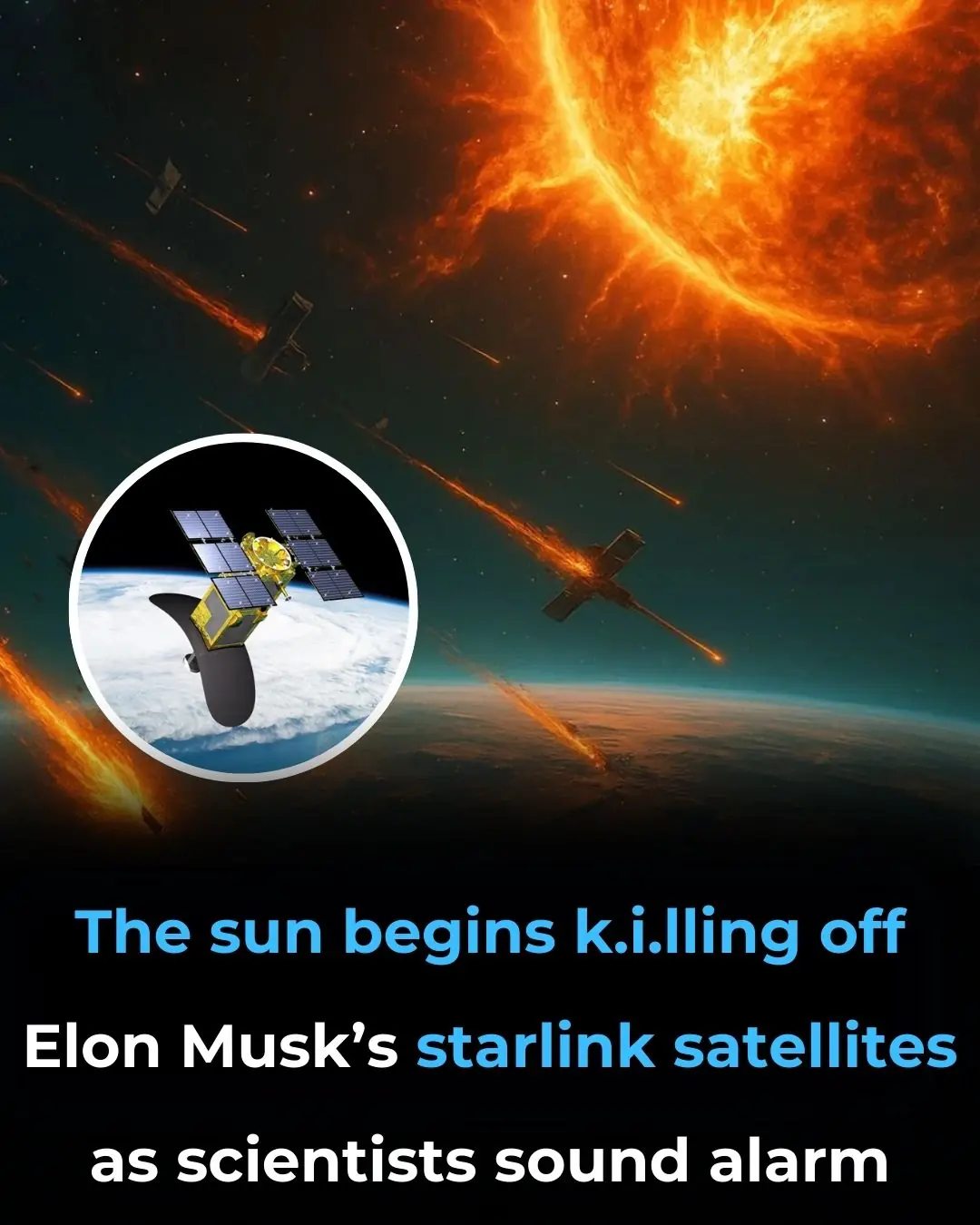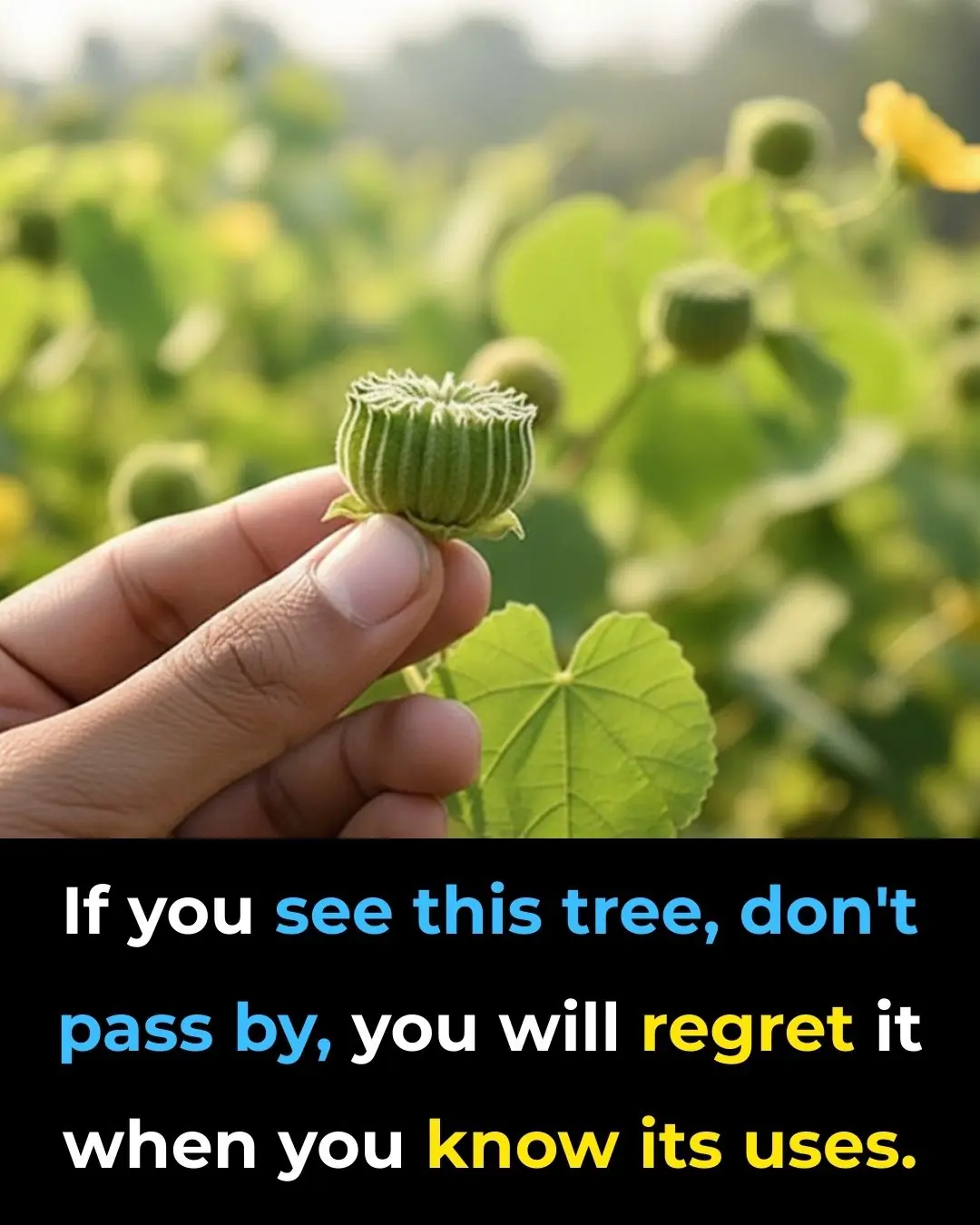
How to See Halos, Sun Dogs and Other Delights of the Daytime Sky


Ice crystals suspended in the atmosphere can stage dazzling celestial displays—if you know when and where to look.
![Halo around the sun over a winter landscape]
A bright halo surrounding the sun—like this one photographed over Germany’s Ore Mountains—isn’t just a beautiful coincidence. It’s a remarkable optical effect created by sunlight interacting with airborne ice crystals high in the atmosphere.
While many people think of nighttime as the best opportunity to witness sky wonders—like stars, auroras, or meteor showers—some of the most breathtaking and mysterious atmospheric phenomena actually happen in broad daylight. When conditions are just right, the sky can light up with glowing arcs, ethereal rainbows, or giant circles of light surrounding the sun.
If you live somewhere with a visible sun and a functioning atmosphere—which, luckily, includes most of us—you’ve probably already seen one of these marvels without even realizing it. Collectively, these effects are known as atmospheric optical phenomena, and they are typically caused by tiny ice crystals floating high above the Earth.
What Causes These Sky Phenomena?
Nearly all daytime optical phenomena in the atmosphere are produced by hexagonal ice crystals. These crystals can be found year-round in the upper atmosphere, where temperatures are perpetually frigid. However, in wintertime, the air at lower altitudes can also support the presence of these ice particles, often creating more vivid and complex displays.
Among the most common and recognizable of these effects is the 22-degree halo. It appears as a large ring of soft, whitish light centered around the sun. The ring has a radius of about 22 degrees, or roughly double the width of your fist held at arm’s length. The full diameter spans 44 degrees, making it surprisingly large in the sky.
These halos can sometimes appear faint and ghostly, while other times they blaze so brightly that they almost seem tangible—like someone hung a glowing ring in the sky. But make no mistake: halos are optical illusions. They have no physical substance. What you’re seeing is sunlight being refracted—bent—by countless airborne ice crystals.
The current scientific consensus is that hexagonal column-shaped ice crystals—shaped like a short pencil—are primarily responsible for the 22-degree halo. As sunlight passes through one face of the ice crystal and exits another, it bends at a precise angle. In the case of the 22-degree halo, light refracts by a minimum of 22 degrees, causing a ring to appear around the sun when the correct number and orientation of crystals are present.
Some light bends more than 22 degrees, giving the halo a sharp inner edge but a fuzzy, undefined outer edge. Most halos appear white, but under the right conditions, they can take on a subtle or even vivid spectrum of colors. This happens because different wavelengths of light (which correspond to different colors) bend by different amounts—blue more than red—resulting in a rainbow-like distribution, with red on the inside and blue on the outside.
Beyond the Halo: A Family of Optical Wonders
When the atmosphere is rich in ice crystals—particularly when there’s a layer of thin cirrus clouds—you may see other spectacular effects accompanying a halo.
One of the most famous is the parhelion, or as it’s more commonly known, the sun dog. These are two bright spots that appear to the left and right of the sun, at the same elevation above the horizon. Sun dogs occur when flat, hexagonal plate crystals—like tiny six-sided floor tiles—float horizontally in the air due to aerodynamic drag as they fall.
As sunlight enters the vertical sides of these horizontally aligned crystals, it refracts at approximately 22 degrees, producing the twin bright spots flanking the sun. Like halos, sun dogs can show a colorful gradient—red toward the sun, blue on the outer edge. They are most brilliant when the sun is low on the horizon, especially during sunrise or sunset, and they can be so luminous that they’re often mistaken for a second or third sun. Hence the nickname, mock suns.
Sun dogs aren’t the only companions to halos. Under the right atmospheric conditions, you might also see:
-
Tangent arcs – Gull-wing-shaped arcs that appear above or below the halo.
-
Parhelic circles – Horizontal white lines that stretch through the sun and wrap around the sky, often intersecting with sun dogs.
-
Circumzenithal arcs – Brilliant, rainbow-colored arcs directly overhead, resembling an upside-down smile or rainbow.
Although rare under everyday conditions, these phenomena become surprisingly common at ski resorts, where snow machines launch massive amounts of artificial ice crystals into the air. Videos of these displays often go viral—and rightly so—they're visually mesmerizing.
A Personal Encounter with the Sky’s Magic
When I lived in Colorado, I witnessed one of the most unforgettable displays of my life. After a frigid cold front swept through, dropping temperatures to –25°C (–13°F), I looked out my window early in the morning. What I saw took my breath away: a complete halo, vivid sun dogs, distinct parhelic circles, and even a tangent arc glowing above. As the sun climbed higher, the entire scene shifted and intensified—the colors deepened, and the arcs became more defined. It felt like watching a natural symphony of light.
These aren’t just pretty tricks of light—they're profound reminders of how dynamic and beautiful our sky can be, even in the middle of an ordinary day.
Even Rarer Phenomena: Fire Clouds and Light Pillars
Among the rarer spectacles is the circumhorizon arc—also called a fire cloud. This stunning phenomenon looks like a flat, vividly colored rainbow near the horizon and appears when the sun is very high in the sky (typically above 58 degrees). It forms when sunlight passes through horizontal ice crystals, entering through one vertical side and exiting through the bottom face, effectively dispersing the colors more widely.
Fire clouds require a very specific set of conditions, and I’ve only seen three in my life. But when they appear, they’re unforgettable—like a rainbow set on fire.
Another rare yet magical event is the light pillar—a vertical shaft of light extending upward (or downward) from a bright light source, often the sun or moon. It’s caused by flat plate crystals reflecting light directly toward the viewer. Light pillars are also visible at night over cities, where they reflect colorful holiday or street lights, sometimes tracing the entire street grid in glowing lines across the sky.
In 2016, for example, a display over Eura, Finland was so intense that the light pillars reflected the exact layout of the town's streetlights—a city map drawn in the sky.
The Sky is Alive—If You Know to Look Up
I’ve stood in absolute awe at scenes like these, and I completely understand why our ancestors often saw them as omens or signs from the heavens. Even with all the science we have today, the experience still feels magical.
Whenever I spot one of these optical marvels, I always try to point it out to people nearby. And I’m often surprised by how many folks have never noticed them—even though they happen more often than you might think.
So here’s my advice: look up.
Not enough people do, and in doing so, they miss out on some of the most incredible visual gifts nature has to offer. The more you look up, the more beauty you’ll find waiting for you—circling the sun, gliding through ice, and painting rainbows in the sky.
News in the same category


Homeowner Resumes Backyard Treasure Hunt

7 Household Appliances That Drain More Power Than Your Air Conditioner—And Why I Regret Owning Them All
From constant-use devices like refrigerators to high-powered kitchen tools, every household has hidden electricity traps.

Another US doctors’ group breaks with federal policy, recommends COVID-19 vaccines for all adults

Donald Trump Says There Could Be People in Epstein Files Who ‘Don’t Deserve to Be’ There in Shocking Statement

Think Bottled Water Is Safer Think Again

5 Early Warning Signs of Cervical Cancer That 90% of Women Overlook
Cervical cancer is not a silent killer—it sends out warnings. The challenge is whether women notice and act on them in time.

8 Shocking Toilet Clues That Could Signal Cancer: Don’t Ignore These Early Warnings
Many people dismiss subtle changes in bathroom habits as minor or temporary issues. However, certain unusual signs when you go to the toilet could be early red flags of serious health problems. Recognizing them in time can make the difference between earl

Study Reveals How Earth’s Orbit Triggers Ice Ages, And There’s One in The Next 11,000 Years

This 3,200-Year-Old Tree Is So Big, It’s Never Been Captured In A Single Photograph…

Travel Coast-to-Coast by Train and See America’s Greatest Sites For Just Over $200

Descend Into the Heavenly Pit: Exploring Xiaozhai Tiankeng, the World’s Deepest Sinkhole

The Walking Trees of Ecuador: They Reportedly Move Up to 20 Meters Per Year

When someone in the family passes away, you should know that you should not keep these 4 relics for your children and grandchildren.

Student dies by suicide after undergoing a beard transplant in Turkey from an ‘estate agent posing as a surgeon’

The Sun Begins Killing off Elon Musk’s Starlink Satellites as Scientists Sound Alarm

Never Leave a Charger in Outlet Without Phone. Here Are the Top 6 Reasons Why

3 Coffee Types That Can Add Years to Your Life and Shield You from Heart Disease and Stroke
Enjoying two to three cups of ground, instant, or decaf coffee daily can be a powerful step toward a longer and healthier life.

Bananas Are Packed With Nutrients, But These 4 Groups Should Avoid Eating Too Many
Bananas are undeniably one of the most versatile and beneficial fruits. From boosting digestion to supporting heart health, they offer a wide range of nutrients. However, they are not suitable for everyone.
News Post

iPhone users slam latest update a 'downgrade' after noticing 'diabolically ugly' new features

Facebook users set to receive their share of $725,000,000 settlement as payments begin

Woman sends thousands of dollars to 'stranded astronaut' who was 'suffocating in space'

iPhone users warned to do one thing before updating to iOS 26

Guy Mocked for Dating 252-lb Woman

Homeowner Resumes Backyard Treasure Hunt

The Most Effective Ways to Get Rid of Bumps on Inner Thigh (Backed by Science)

Early Signs of Liver Damage & How to Strengthen Your Liver

Boil sweet potatoes, don't just add water

Why do old people often have many spots on their bodies?

Nothing phone brutally mock Samsung after they slammed Apple's latest iPhone

Medicinal uses of the plant

Mice are running around on the ceiling, do this immediately and they will disappear without a trace, without any cost.

Shingles Vaccine May Protect Against Dementia, New Study Suggests
Could a simple vaccine hold the key to protecting the brain against one of the most feared diseases of aging?

Foods Gout Patients Must Avoid at All Costs: Protect Your Health and Keep Painful Flare-Ups Away
Avoiding purine-heavy foods like organ meats, processed meats, certain fish, and yeast-based products can help reduce flare-ups and maintain joint health.

7 Household Appliances That Drain More Power Than Your Air Conditioner—And Why I Regret Owning Them All
From constant-use devices like refrigerators to high-powered kitchen tools, every household has hidden electricity traps.

Surgeons Face the Highest Mortality Risk Compared to Other Physicians, Study Finds
From elevated cancer rates to stress-induced cardiovascular disease, the profession carries health costs that demand greater awareness and intervention.

The Most Dangerous Time to Sleep: Why Going to Bed Late Can Harm Your Health

DIY Carrot Oil for Skin: Natural Remedy for Radiance and Anti-Aging
Homemade carrot oil is a simple, nutrient-packed solution for brighter, firmer, and deeply hydrated skin. Whether you choose the slow, nutrient-preserving sun infusion or the quick simmering method, this golden oil can rejuvenate your skin from the inside
